Books in series
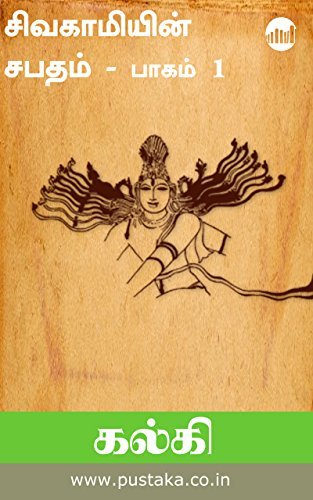
Sivakamiyin Sabadham, Volume 1
1944
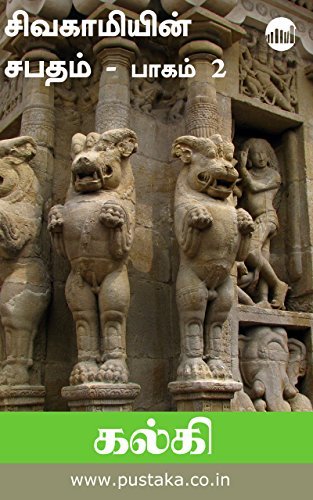
Sivakamiyin Sabadham, Volume 2
1944
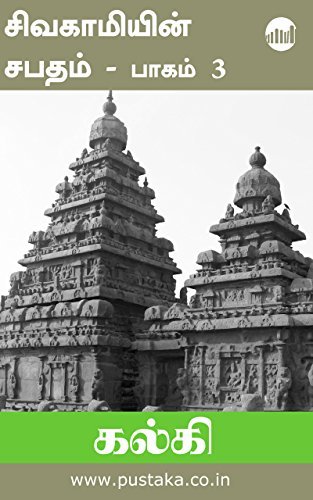
Sivagamiyin Sapatham, Part 3
1944
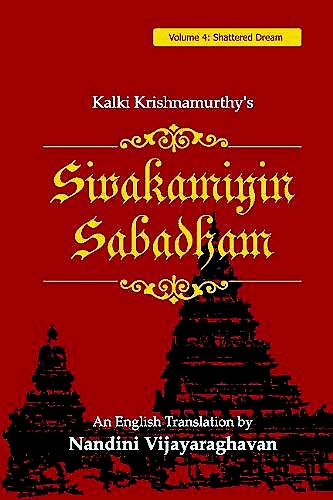
Sivakami's Vow
Shattered Dream
1944
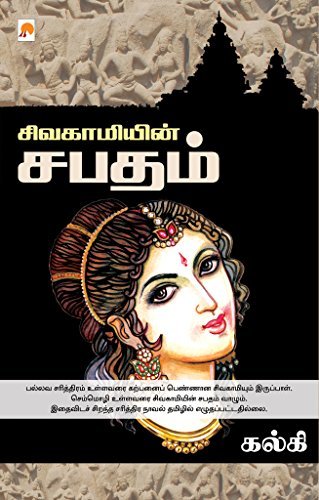
சிவகாமியின் சபதம்
1944
Authors

Tamil language Novel Writer, Journalist, Poet & Critic late Ramaswamy Aiyer Krishnamurthy also known as ‘Kalki’. He derived his pen name from the suffixes of his wife name Kalyani and his name Krishnamurthy in Tamil form கல்யாணி and கிருஷ்ணமூர்த்தி as Kalki (கல்கி). His name also represents “Kalki avatar”, the tenth and last avatar of the Hindu God Vishnu. His writings includes over 120 short stories, 10 novelettes, 5 novels, 3 historical romances, editorial and political writings and hundreds of film and music reviews. Krishnamurthy’s witty, incisive comments on politics, literature, music and other forms of art were looked forward to with unceasing interest by readers. He wrote under the pen names of ‘Kalki’, ‘Ra. Ki’, ‘Tamil Theni’, ‘Karnatakam’ and so on. The success that Krishnamurthy attained in the realm of historical fiction is phenomenal. Sixty years ago, at a time when the literacy level was low and when the English-educated Tamils looked down on writings in Tamil, Kalki’s circulation touched 71,000 copies – the largest for any weekly in the county then – when it serialised his historical novels. Kalki had also the genius to classify the historical and non-historical events, historical and non-historical characters and how much the novel owes to history.